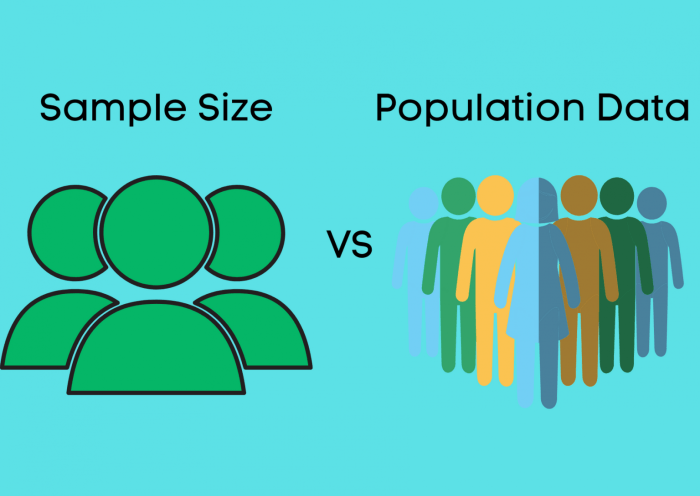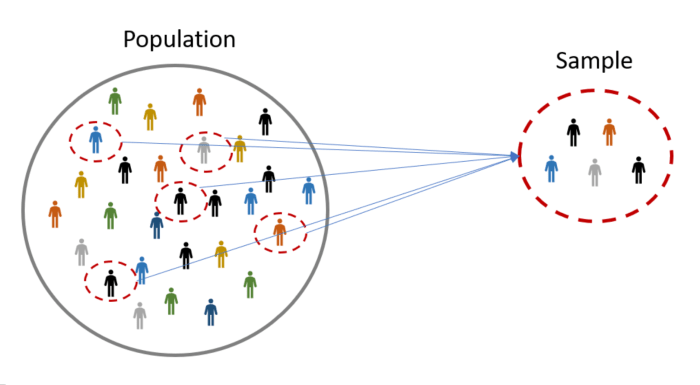In statistical formulas what does n stand for – In statistical formulas, “n” stands as a pivotal parameter, influencing the accuracy, reliability, and interpretation of statistical analyses. This article delves into the multifaceted role of “n” in statistics, exploring its significance in sample size determination, hypothesis testing, and practical applications.
From understanding the concept of “n” as a statistical parameter to examining its various types and their implications, this comprehensive guide unravels the intricacies of “n” and its profound impact on statistical reasoning.
Definition of “n” in Statistical Formulas
In statistical formulas, “n” represents the sample size, which is the number of observations or data points included in a statistical study. It is a crucial parameter that plays a significant role in statistical calculations and inference.
Types of “n” in Statistics

Sample Size, In statistical formulas what does n stand for
“n” as sample size refers to the number of observations or data points collected from a population for statistical analysis. It represents the subset of the population that is being studied.
Population Size
“n” can also represent the population size, which is the total number of individuals or elements in the population from which the sample is drawn. It is often denoted as “N”.
Degrees of Freedom
In certain statistical tests, “n” is used to calculate the degrees of freedom, which is a statistical concept that determines the number of independent pieces of information in a data set.
Role of “n” in Statistical Inference: In Statistical Formulas What Does N Stand For

“n” influences the accuracy and reliability of statistical estimates. A larger sample size generally leads to more precise estimates and more reliable conclusions. “n” also affects the width of confidence intervals and the power of hypothesis tests.
Considerations for Determining “n”

Determining the appropriate sample size for a statistical study involves considering factors such as the desired level of precision, the variability of the population, and the statistical power desired. Statistical power analysis can be used to determine the optimal “n” for a given study.
Practical Applications of “n”

“n” is used in various fields, including medicine, psychology, and business. For instance, in clinical trials, “n” represents the number of patients in each treatment group, which influences the accuracy of the study results. In marketing research, “n” refers to the sample size of a survey, which affects the representativeness and reliability of the findings.
Essential Questionnaire
What is the significance of “n” in statistical formulas?
As a statistical parameter, “n” represents the sample size, which is the number of observations or data points used in a statistical analysis. It directly influences the accuracy and reliability of statistical estimates and inferences.
How does “n” affect hypothesis testing?
The sample size “n” plays a crucial role in hypothesis testing by determining the statistical power of the test. A larger sample size increases the power of the test, making it more likely to detect a statistically significant difference between the hypothesized and observed results.
What are the practical applications of “n” in statistical formulas?
“n” finds widespread applications in various fields, including medicine, psychology, economics, and market research. It helps researchers determine the appropriate sample size for studies, analyze data, draw inferences, and make informed decisions based on statistical evidence.